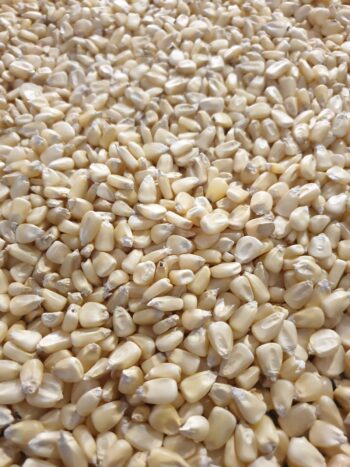
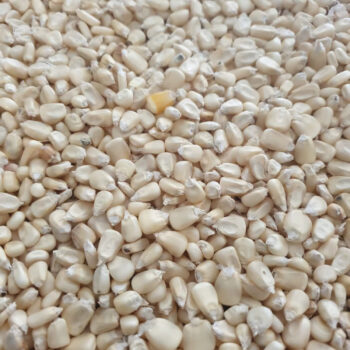
Corn/maize GMO and Non GMO (White corn kernel )
Corn Products: Kernel Color, Use, and Genetic Status
The distinction between white and yellow corn is mainly based on pigment and traditional application, while the GMO vs. Non-GMO status dictates agricultural practice and market segregation.1 Both colors are available in both genetic statuses.
| Product Description | Key Characteristics (White and Yellow Corn) | Primary Applications |
| GMO Products (Genetically Modified) | Engineered for Efficiency: Kernels (primarily yellow Field Corn, but includes some sweet corn) containing modified DNA for traits like Insect Resistance (Bt) or Herbicide Tolerance (HT/Roundup Ready). This provides higher yields and reduced production costs by limiting pest damage and simplifying weed control. | Industrial & Feed Use: The source for most livestock feed, biofuel (Ethanol), High-Fructose Corn Syrup, corn oil, starches, and other highly processed food ingredients. |
| Non-GMO Products (Conventional/Identity-Preserved) | Purity & Segregation: Kernels (including both white and yellow varieties like sweet corn and flint corn) grown from conventional seeds and carefully isolated to meet specific market purity standards (often $\le 0.9\%$ to $5\%$ maximum GMO presence). Yellow varieties contain Beta-Carotene (Vitamin A), while white varieties are pigment-free. | Direct Consumption & Premium Markets: Tortillas, chips, masa, grits, organic-certified products, high-grade popcorn, premium sweet corn, and specialized animal feeds that specifically prohibit GMOs. |

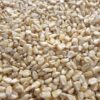
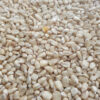
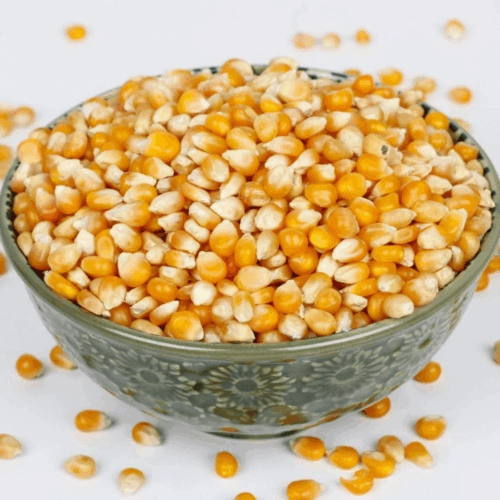
Reviews
There are no reviews yet.